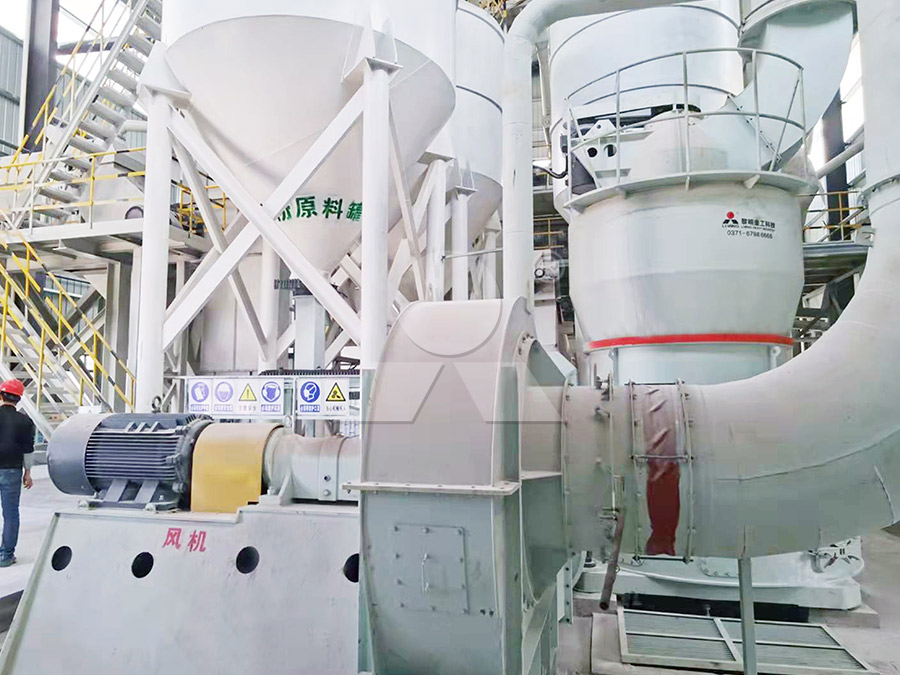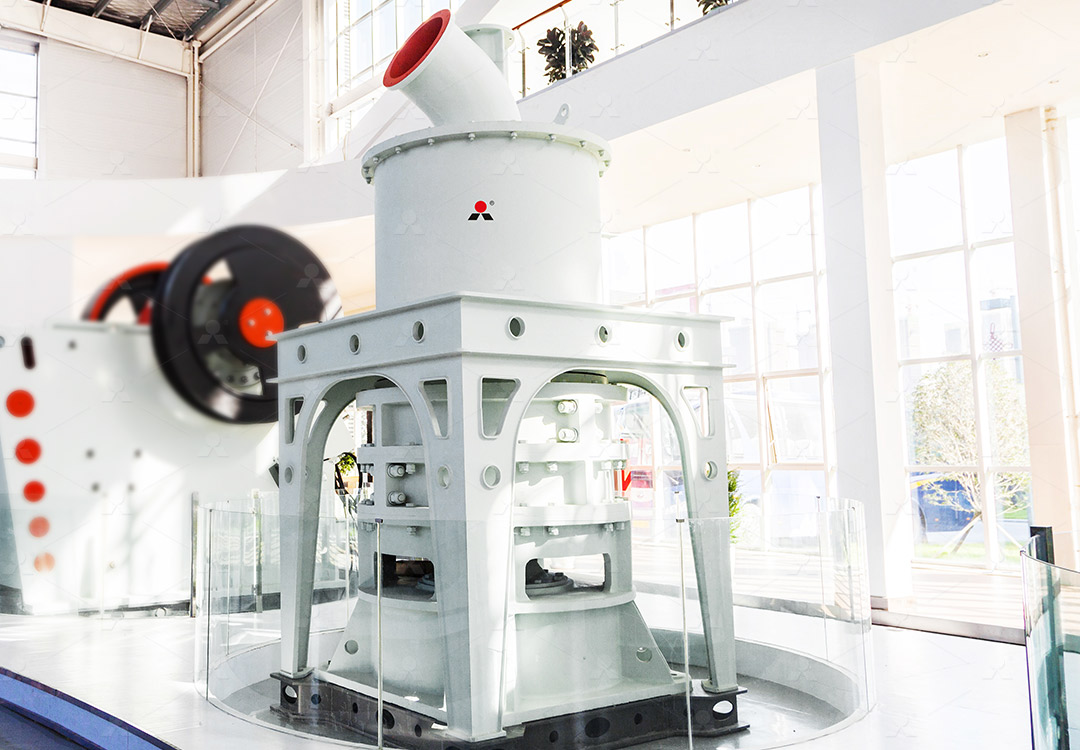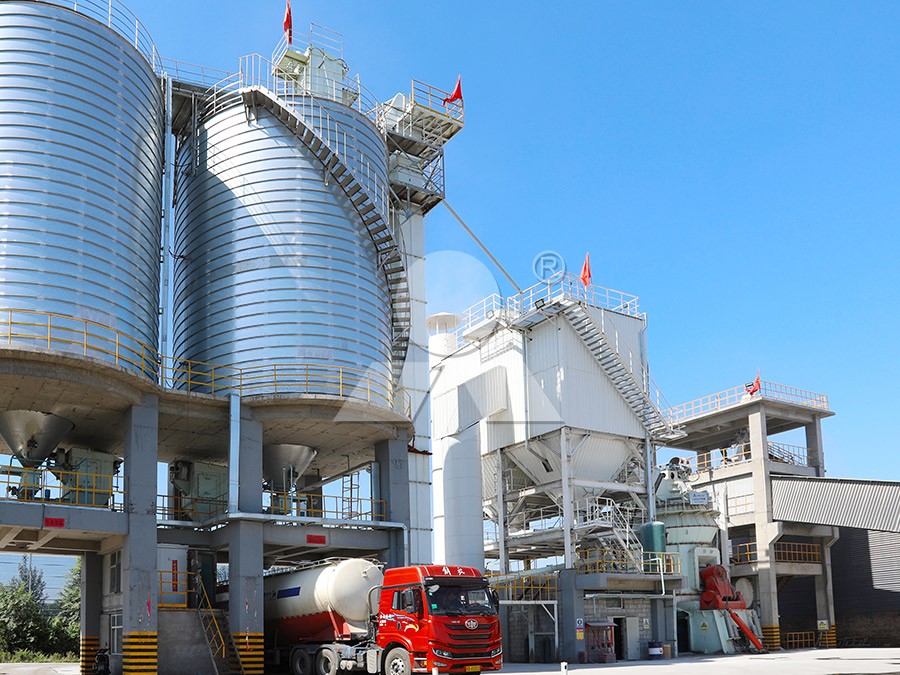Raymond Mill: The Giant in Industrial Grinding Machinery
Raymond Mill: The Giant in Industrial Grinding Machinery
For over a century, the name Raymond Mill has been synonymous with industrial grinding. This stalwart of material processing has formed the backbone of countless operations, from mining and construction to chemical production and power generation. Its enduring legacy is a testament to robust engineering and practical design that continues to deliver reliable performance in demanding environments.
The fundamental principle of the Raymond Mill—grinding materials between rotating rollers and a stationary ring—has proven remarkably effective. Raw material, crushed to a manageable size, is fed into the grinding chamber where centrifugal force forces it against the grinding ring. The rollers, oscillating outward, apply immense pressure, pulverizing the material into fine powder. A built-in air classifier then separates the fine product from coarse particles, which are recycled back for further grinding, ensuring consistent output quality and maximizing efficiency.

The Evolution of Grinding Technology
While the traditional Raymond Mill remains a workhorse, the quest for higher efficiency, finer powders, and greater environmental responsibility has driven significant innovation. Modern iterations have evolved far beyond their predecessors, incorporating advanced technologies for precision control, energy savings, and reduced environmental impact. Today’s grinding mills are sophisticated systems designed to meet the stringent demands of modern industry.
One of the most significant advancements is the move towards vertical roller mill designs. These systems integrate multiple processes—crushing, drying, grinding, classifying, and conveying—into a single, compact unit. This integration not only reduces the overall footprint by up to 50% compared to traditional ball mill systems but also slashes energy consumption by 30-40%. The vertical configuration allows for more efficient material flow and better control over the grinding parameters, leading to superior product quality.
Meeting the Demand for Ultrafine Powder
As industries like cosmetics, pharmaceuticals, and advanced materials require ever-finer powders, the limitations of conventional grinding machinery become apparent. The need for precise particle size distribution, high whiteness, and chemical purity demands a new generation of grinding equipment.
This is where cutting-edge solutions like our MW Ultrafine Grinding Mill truly shine. Engineered for customers who need to make ultra-fine powder, this machine represents a leap forward in grinding technology. It features a newly designed grinding curve for the roller and ring that enhances efficiency dramatically. With the same fineness and power, its production capacity is 40% higher than jet mills and twice that of ball mills, while system energy consumption is just 30% of a jet mill’s. Its German-technology cage-type powder selector allows for precise fineness adjustment between 325 and 2500 meshes, achieving a remarkable screening rate of d97≤5μm in a single pass.

Furthermore, its innovative design eliminates rolling bearings and screws inside the grinding chamber, freeing operators from concerns about bearing damage or loose screws causing machine failure. With an external lubricating device that allows for lubrication without shutdown, the MW Ultrafine Grinding Mill can operate continuously for 24 hours, making it an ideal solution for high-volume production of premium-quality powders for applications in chemicals, paints, cosmetics, and food additives.
Vertical Integration for Maximum Efficiency
For operations requiring robust performance with exceptional stability, our LUM Ultrafine Vertical Grinding Mill offers another compelling option. Independently designed with the latest Taiwanese grinding roller technology and German powder separating technology, this mill represents the pinnacle of vertical grinding innovation. Its unique roller shell and lining plate grinding curve generates a material layer more easily, enabling a high rate of finished product in a single pass.
The LUM mill incorporates PLC control systems and multi-head powder separating technology, solving the dual challenges of high-precision powder cutting and fast switching between different production demands. Operators can accurately control grinding pressure, revolving speed, and other parameters, resulting in energy savings of 30-50% compared to common grinding mills. Its double position-limiting technology provides exceptional operational stability, preventing destructive impacts from machine vibration, while its reversible structure simplifies maintenance significantly.

Frequently Asked Questions
What is the main advantage of modern grinding mills over traditional Raymond Mills?
Modern grinding mills offer significantly higher energy efficiency, often reducing consumption by 30-50%, while providing greater control over particle size distribution and producing finer powders. They also incorporate advanced environmental controls for dust and noise reduction.
How does the MW Ultrafine Grinding Mill achieve such fine powder sizes?
The MW Mill utilizes a advanced cage-type powder selector based on German technology, which provides extremely precise powder separation. The fineness can be accurately adjusted between 325-2500 meshes, with the capability to achieve d97≤5μm in a single processing stage.
Can these grinding mills handle materials other than limestone and calcite?
Absolutely. Our grinding mills are versatile enough to process a wide range of materials including dolomite, petroleum coal, gypsum, barite, marble, talc, and various chemical products. The specific model recommendations would depend on the material hardness, moisture content, and required output fineness.
What maintenance advantages do these modern designs offer?
Designs like the MW Ultrafine Grinding Mill eliminate rolling bearings and screws inside the grinding chamber, preventing common failure points. The LUM Ultrafine Vertical Mill features a reversible structure that allows easy access to grinding rollers for maintenance, significantly reducing downtime.
How do these mills address environmental concerns?
Our mills are equipped with efficient pulse dust collectors and mufflers that minimize dust pollution and reduce operational noise. The entire milling system operates according to national environmental protection standards, with some models capable of operating under negative pressure to prevent any dust spillage.
